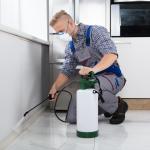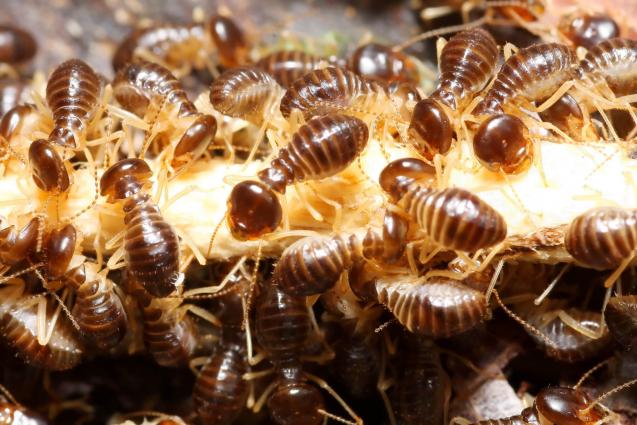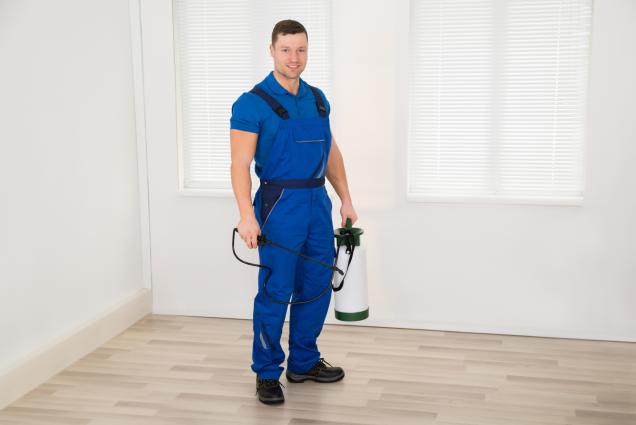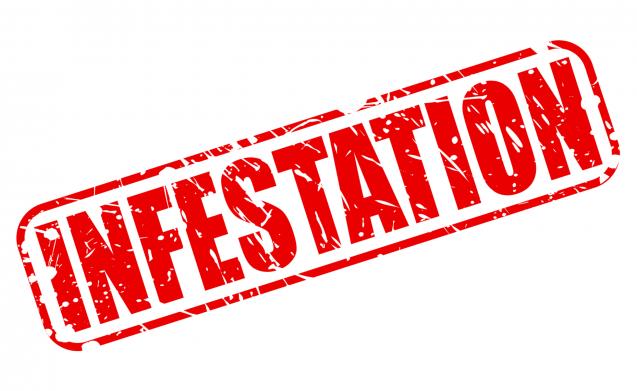
An In-depth Guide to Effectively Controlling Common Household Pests
By Dependable Pest Control|February 16, 2024
Our homes are meant to be a haven filled with comfort and safety - a place where we retreat from the world. However, unwanted intrusions from pests such as insects and rodent species can disrupt this peaceful sanctuary. A steadfast pest management strategy is vital in safeguarding our households from these uninvited guests. Well planned pest control, which ranges from understanding the pests to identifying their presence swiftly, from observing environmentally responsible control techniques to incorporating a blend of DIY techniques and professional services, can significantly contribute to maintaining a harmonious living environment.
A Comprehensive Look at Common Household Pests
Household pests carry a broader definition than what one might conventionally think - these could be any organisms that encroach upon our living spaces. The most common categories include insects like ants, flies, and cockroaches, along with rodents like rats and mice—not forgetting the smaller bugs such as bedbugs and fleas. Even termites can wreak havoc, causing substantial structural damage to our homes. Apart from the property damage, these pests pose a direct threat to human health by carrying numerous diseases, causing allergic reactions and contaminating our food supply. Thus, understanding their life cycles, their survival tactics, and their pattern of population growth is vital in devising the most impactful pest control strategy.
How to Detect Household Pest Infestations
Pests are quite crafty, often going unnoticed in our households until their populations increase to troublesome levels. They excel at hiding, making it difficult for homeowners to detect their presence early enough to prevent substantial damage or potential health hazards. So, how can you effectively identify the presence of these silent invaders? The tell-tale signs can be subtle and require keen observation - one needs to look out for signs like pests' droppings, peculiar odours, physical damage to woodwork, furnishings or fabrics, or spotting the pests themselves in action. Swift identification of these signs is pivotal in preventing a full-blown infestation that could lead to critical property damage and potential health risks.
DIY Pest Control Strategies Elaborated
If a pest infestation is in its early stages, you could potentially implement DIY pest control methods as a cost-friendly alternative to professional pest control services. These strategies may range from using commercially available traps or sprays to preparing homemade solutions or employing natural, non-toxic repellents. While these DIY methods can indeed prove to be effective for reducing the pest populations, one must approach with caution. Incorrect utilisation of these methods or inadequate safety precautions during the process can potentially lead to the situation worsening, or even cause personal harm. Thus, if you suspect the magnitude of the infestation is beyond DIY control methods, it is advisable to contact a professional pest control company near you.
Utilising Professional Pest Control Services
When faced with severe, obstinate infestations, professional pest control services become an invaluable asset. These services offer the expertise and specialised tools necessary to exterminate pests effectively from your home. They provide comprehensive services which scrutinise your household’s unique pest problem, investigating directly at source to create a tailored strategy for eradication. While professional extermination services can alleviate immediate issues, remember that they aren't a preventive solution for future invasions. Therefore, ensuring you find a reputable pest control service that excels in both extermination and preventive strategies is crucial.
Implementing Proactive Prevention Strategies
Eliminating pests from your home is only half the battle - effective prevention strategies form the backbone of maintaining a pest-free environment. This could involve regularly inspecting potential entry points for pests and sealing them securely, maintaining a stringent cleaning routine, storing food in unaccessible locations for pests, and following meticulous waste disposal habits. Minor tweaks to your everyday lifestyle can significantly reduce any attraction your home may hold for pests. Additionally, opting for natural repellents instead of chemical ones is a more environmentally friendly way to deter pests without upsetting the balance of our ecosystem.
Conclusion
In the grand scheme of maintaining a healthy, comfortable living environment, understanding and managing pests is crucial. This comprises gaining knowledge about the habits and life cycles of common household pests, early detection of an infestation, using an effective mix of DIY solutions and professional services, and understanding that prevention is as important as cure. All this must further be underpinned by practicing environmentally conscious pest control. This comprehensive approach to managing pests not only provides immediate relief from existing problems but also fortifies our living space against future pest invasions - contributing positively to our families' health, our home's longevity, and our shared ecological balance.
A Comprehensive Look at Common Household Pests
Household pests carry a broader definition than what one might conventionally think - these could be any organisms that encroach upon our living spaces. The most common categories include insects like ants, flies, and cockroaches, along with rodents like rats and mice—not forgetting the smaller bugs such as bedbugs and fleas. Even termites can wreak havoc, causing substantial structural damage to our homes. Apart from the property damage, these pests pose a direct threat to human health by carrying numerous diseases, causing allergic reactions and contaminating our food supply. Thus, understanding their life cycles, their survival tactics, and their pattern of population growth is vital in devising the most impactful pest control strategy.
How to Detect Household Pest Infestations
Pests are quite crafty, often going unnoticed in our households until their populations increase to troublesome levels. They excel at hiding, making it difficult for homeowners to detect their presence early enough to prevent substantial damage or potential health hazards. So, how can you effectively identify the presence of these silent invaders? The tell-tale signs can be subtle and require keen observation - one needs to look out for signs like pests' droppings, peculiar odours, physical damage to woodwork, furnishings or fabrics, or spotting the pests themselves in action. Swift identification of these signs is pivotal in preventing a full-blown infestation that could lead to critical property damage and potential health risks.
DIY Pest Control Strategies Elaborated
If a pest infestation is in its early stages, you could potentially implement DIY pest control methods as a cost-friendly alternative to professional pest control services. These strategies may range from using commercially available traps or sprays to preparing homemade solutions or employing natural, non-toxic repellents. While these DIY methods can indeed prove to be effective for reducing the pest populations, one must approach with caution. Incorrect utilisation of these methods or inadequate safety precautions during the process can potentially lead to the situation worsening, or even cause personal harm. Thus, if you suspect the magnitude of the infestation is beyond DIY control methods, it is advisable to contact a professional pest control company near you.
Utilising Professional Pest Control Services
When faced with severe, obstinate infestations, professional pest control services become an invaluable asset. These services offer the expertise and specialised tools necessary to exterminate pests effectively from your home. They provide comprehensive services which scrutinise your household’s unique pest problem, investigating directly at source to create a tailored strategy for eradication. While professional extermination services can alleviate immediate issues, remember that they aren't a preventive solution for future invasions. Therefore, ensuring you find a reputable pest control service that excels in both extermination and preventive strategies is crucial.
Implementing Proactive Prevention Strategies
Eliminating pests from your home is only half the battle - effective prevention strategies form the backbone of maintaining a pest-free environment. This could involve regularly inspecting potential entry points for pests and sealing them securely, maintaining a stringent cleaning routine, storing food in unaccessible locations for pests, and following meticulous waste disposal habits. Minor tweaks to your everyday lifestyle can significantly reduce any attraction your home may hold for pests. Additionally, opting for natural repellents instead of chemical ones is a more environmentally friendly way to deter pests without upsetting the balance of our ecosystem.
Conclusion
In the grand scheme of maintaining a healthy, comfortable living environment, understanding and managing pests is crucial. This comprises gaining knowledge about the habits and life cycles of common household pests, early detection of an infestation, using an effective mix of DIY solutions and professional services, and understanding that prevention is as important as cure. All this must further be underpinned by practicing environmentally conscious pest control. This comprehensive approach to managing pests not only provides immediate relief from existing problems but also fortifies our living space against future pest invasions - contributing positively to our families' health, our home's longevity, and our shared ecological balance.



